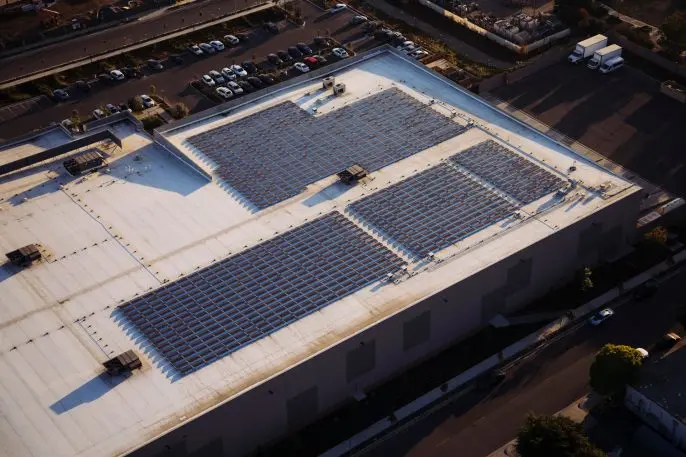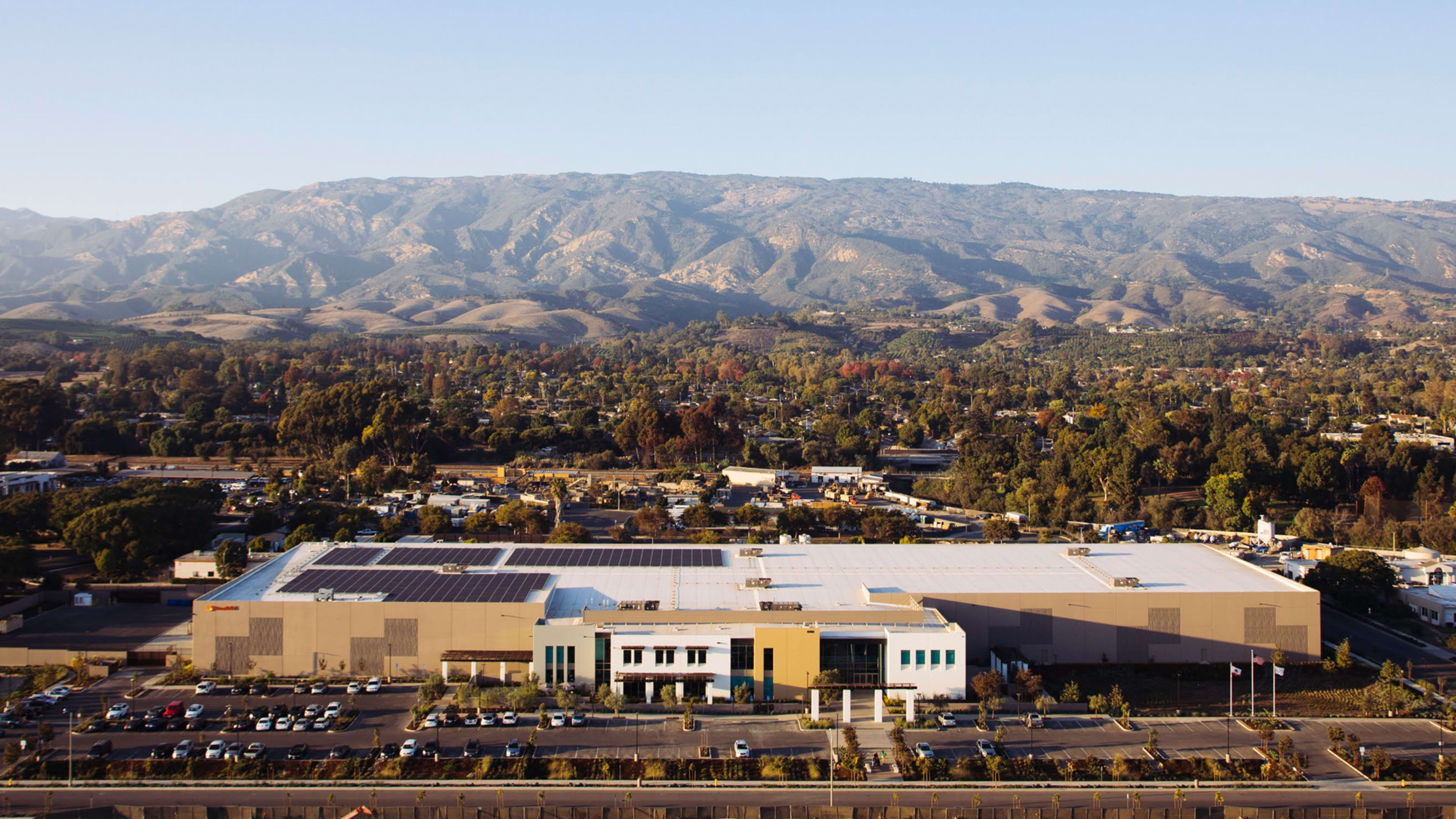In a massive warehouse near the airport in Santa Barbara, California, workers from the nonprofit Direct Relief are packing a new round of medical supplies and masks to send to victims in the state’s current wildfires. But the warehouse–in a city that sits in an isolated spot on the coast, with a single pair of power lines connecting it to the grid through remote areas–is itself vulnerable to disaster.
To make it more secure, the site now has a solar-powered microgrid, equipped with a Tesla battery and software. There are 999 solar panels on the roof. The warehouse can keep running, and keep vital medicine refrigerated, if an earthquake or other disaster shuts down the grid.

“We knew the vulnerabilities in California of the power grid,” says Thomas Tighe, CEO of Direct Relief, a humanitarian aid organization active in all 50 states and more than 80 countries. In a major fire in the area in 2017, local power did shut down. Utility companies in the state are also increasingly likely to shut down the grid preemptively when the risk of fire is high, because a power line toppled by wind can start a fire.
The organization had a diesel generator. But generators both cause pollution and are not a failsafe system, particularly in a long-term disaster. “Diesel generators are not optimal to run for extended periods of time, 24/7, as they were in Puerto Rico for more than six months,” he says. “The fuel supply is an issue. The maintenance of the machines is an issue.”
But the falling cost of batteries means that it’s increasingly possible to rely on solar panels instead. After Hurricane Maria, many organizations and companies, including Tesla, installed solar microgrids at critical sites like hospitals on the island, with funding help from Direct Relief. The organization realized that Santa Barbara, which also has abundant sunshine, was also well-suited for a solar microgrid.
On an ordinary day, the system can help the nonprofit save on its electric bills by getting credit for the solar energy it sends into the grid, and by storing energy that it can later use at peak hours when costs are higher. But if the grid is shut down in a disaster, the system can switch to a system that relies on the on-site solar panels and Tesla’s Powerpack batteries.
The microgrid can run the entire warehouse, from keeping medicine-filled refrigerators cold to running servers with critical data. For Direct Relief, it makes it possible to ensure continuous service to the nonprofit health centers and clinics it supplies after disasters, critical points of contact for victims. Those include, right now, clinics serving patients in areas hit by Hurricane Michael and Hurricane Florence. “The people that they care for are those without really many other options–uninsured people, low-income patients, undocumented patients,” says Tighe. “Those people are vulnerable on a good day, and they’re particularly vulnerable as these emergencies unfold.”
The microgrid is the type of technology that is currently becoming more common in developing countries that have particularly unreliable grids, or on remote islands that rely on expensive imported fuel, such as Palau, which is working with Tesla to transition to renewable energy. But it’s likely to also become more common in the U.S. “You always presume in the continental United States the existence of power,” says Tighe. “And I think that is kind of a debatable assumption right now, given the circumstances that we’ve seen over the past years.” As infrastructure ages in the U.S., he says, it makes sense to replace it with smarter solutions.
Microgrids have been more common for some companies, such as data centers, but now are being adopted by a wider variety of customers that might have relied only on diesel generators for backup in the past, says Drew Baglino, Tesla’s VP of technology. “That mind-set is starting to trickle into other industries–healthcare clinics, hospitals, but also even some schools and community centers that are critical for people to shelter in place in certain situations.”
Direct Relief is recommending microgrids to its partners in other countries, such as a hospital in Bangladesh that is supporting Rohingya refugees from Burma. It also wants to work with Tesla to deploy a smaller version that can be delivered to disaster zones by helicopters. As Tesla worked in Puerto Rico after Hurricane Maria, it began to streamline an approach to microgrid installation that could be used in other disasters, including small systems that can be quickly delivered on a pallet, up and running in an hour, and used temporarily until the grid is back online (Some of these systems are currently in use in Florida.)
Tesla wants to work with partners like Direct Relief to quickly get microgrids to disaster zones as an alternative to diesel generators, and then redeploy when the next disaster strikes somewhere else. “We want to have partners that already have that stuff in stock and can quickly respond, and we want to make that as plug and play as possible for these tragic events that occur,” says Baglino.
Recognize your brand's excellence by applying to this year's Brands That Matters Awards before the early-rate deadline, May 3.
